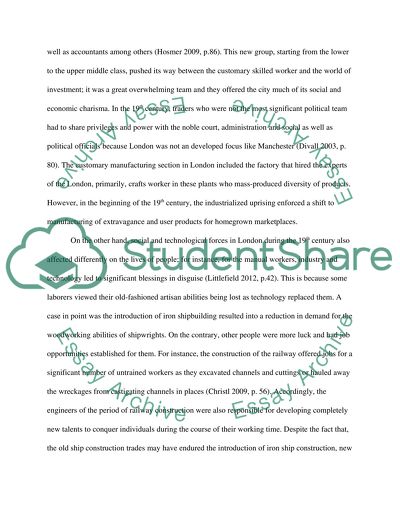Cite this document
(Significant Impact on the Population of London Essay Example | Topics and Well Written Essays - 1750 words, n.d.)
Significant Impact on the Population of London Essay Example | Topics and Well Written Essays - 1750 words. https://studentshare.org/environmental-studies/1482451-significant-impact-on-the-population-of-london
Significant Impact on the Population of London Essay Example | Topics and Well Written Essays - 1750 words. https://studentshare.org/environmental-studies/1482451-significant-impact-on-the-population-of-london
(Significant Impact on the Population of London Essay Example | Topics and Well Written Essays - 1750 Words)
Significant Impact on the Population of London Essay Example | Topics and Well Written Essays - 1750 Words. https://studentshare.org/environmental-studies/1482451-significant-impact-on-the-population-of-london.
Significant Impact on the Population of London Essay Example | Topics and Well Written Essays - 1750 Words. https://studentshare.org/environmental-studies/1482451-significant-impact-on-the-population-of-london.
“Significant Impact on the Population of London Essay Example | Topics and Well Written Essays - 1750 Words”. https://studentshare.org/environmental-studies/1482451-significant-impact-on-the-population-of-london.


